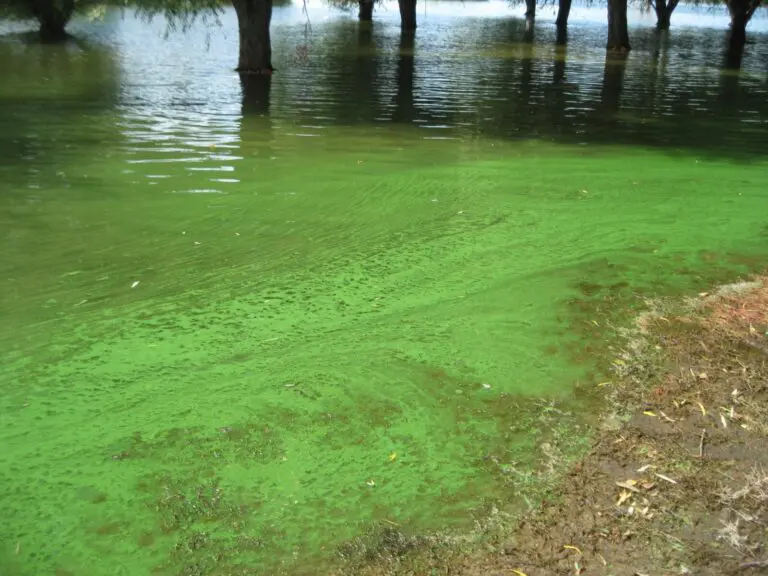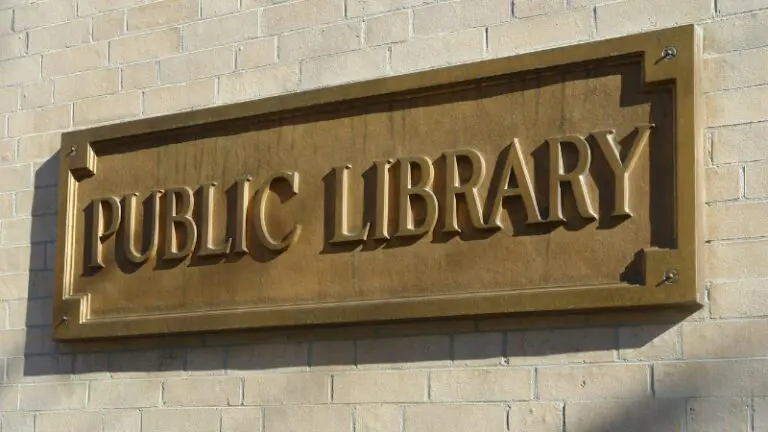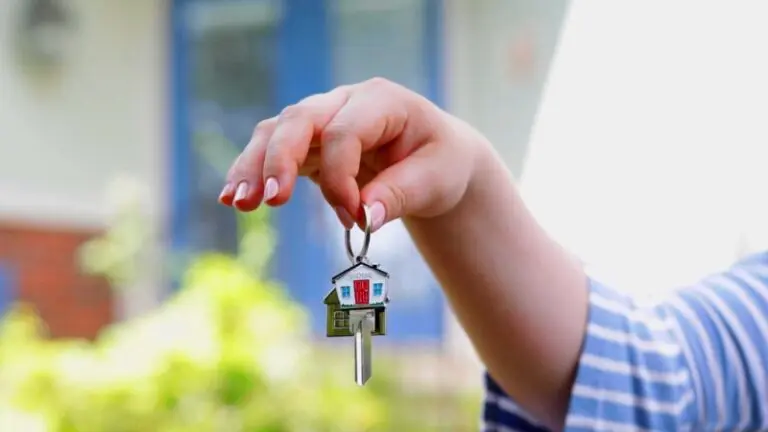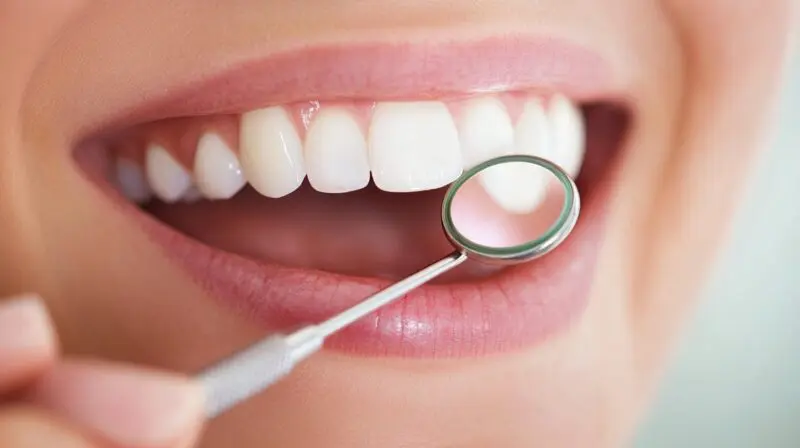I’ll be honest: when I first started thinking about sustainability in dental practices, it didn’t seem like a major issue. However, as I learned more, I realized how much impact a single practice can have on the environment. From the materials used to the waste produced, dental offices contribute more to pollution than many of us would expect.
Table of Contents
ToggleThe Environmental Impact of Dentistry
Every dental practice contributes to environmental waste and energy consumption, often without realizing the scale of its impact. Let’s break down the specific areas where dental clinics leave their mark on the planet.
Single-Use Plastics Can Take Hundreds of Years to Degrade
The healthcare sector generates millions of tons of plastic waste annually, and dentistry is a key contributor. Gloves, masks, bibs, and plastic packaging all fall into this category. Unfortunately, most of these items are not recyclable due to contamination risks. The result? They end up in landfills or, worse, the ocean.
Many offices like TannlegeTeam switch to reusable or biodegradable alternatives for items like bibs and suction tips, and work with suppliers offering plastic-free or eco-friendly packaging.
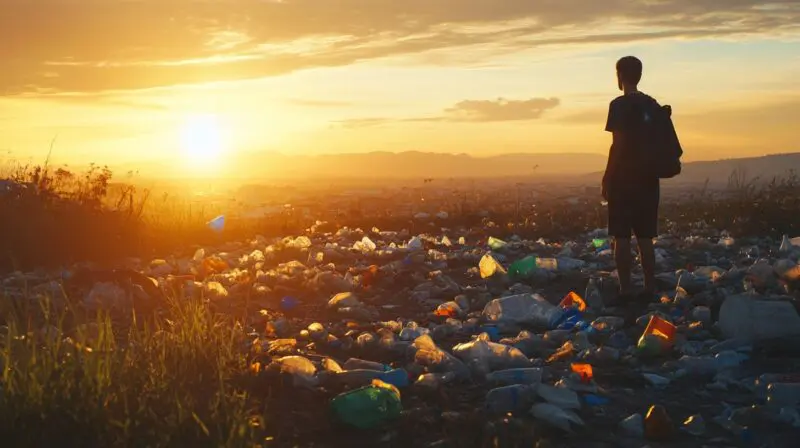
0.1 kg of Waste Per Patient Daily
According to a study, dental clinics generate approximately 0.1 kg of waste per patient daily, with 15% of that classified as hazardous. Hazardous waste includes materials that pose risks to health or the environment if not disposed of properly.
- Mercury from dental amalgam fillings.
- Silver in radiographic fixers.
- Lead from X-ray shielding devices.
Install amalgam separators, recycle hazardous materials like lead foil and X-ray fixer solutions, and partner with licensed waste disposal companies to ensure proper handling.
Dental Offices Cause Chemical Pollution
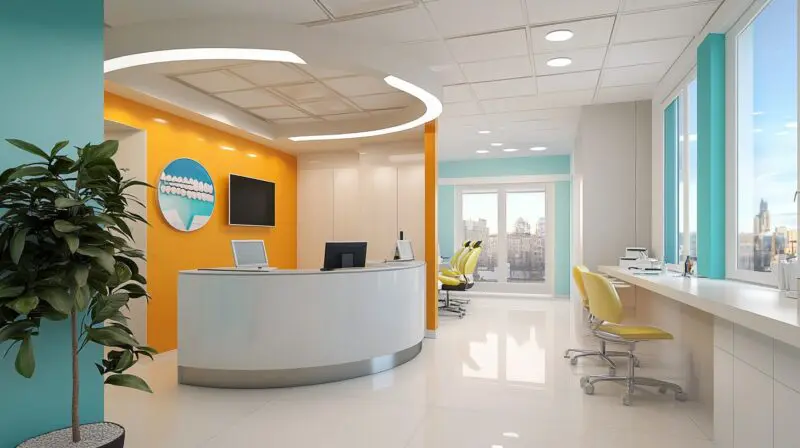
Dental offices use a variety of chemicals in their day-to-day operations, from sterilization solutions to X-ray developers. Improper disposal can lead to serious environmental damage.
Sterilization chemicals like glutaraldehyde can be toxic if released into water systems, while X-ray fixer solutions contain heavy metals that harm aquatic life. According to dental products report, conventional X-ray systems generate 28 million liters of toxic X-ray fixer and 4.8 million lead foils annually.
Adopt non-toxic sterilization methods, eliminate aerosol products, and implement closed-loop recycling systems for hazardous chemical waste like X-ray developer solutions.
High Electricity Usage and Carbon Emissions
Dental equipment, lighting, and heating systems require substantial energy, contributing to high electricity usage and carbon emissions.
- High-energy tools: Autoclaves, suction devices, and air compressors.
- Bright lighting: Operatory lights are often left on all day, consuming significant energy.
- Heating and cooling systems: Offices need to maintain strict temperature control, further driving up energy use.
Upgrade to energy-efficient equipment, motion-sensor lighting, and renewable energy sources like solar panels to cut down on electricity usage and emissions.
Dental Offices Use A Lot Of Water
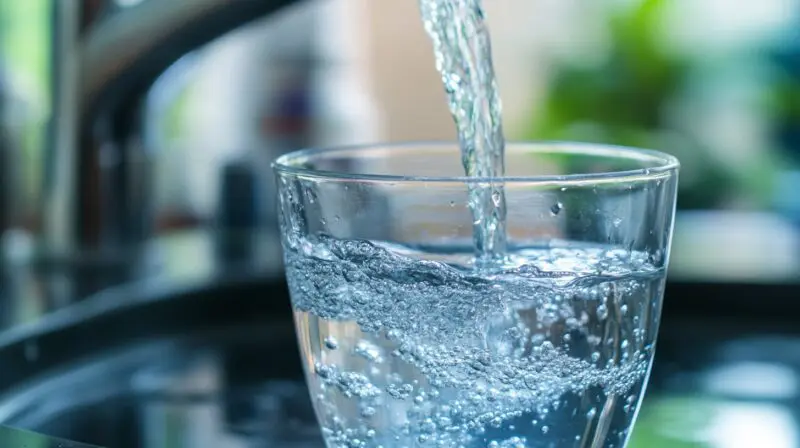
From rinsing patients’ mouths to cleaning equipment, dental offices use vast amounts of water every day. While this might seem minor, excessive water usage adds up over time.
Traditional faucets can release up to 2.2 gallons of water per minute, meaning thousands of gallons are used in a year. Excessive water use can deplete local water sources and increase utility costs.
Install low-flow or sensor-operated faucets, use waterless sterilization technologies, and educate staff on conservation practices like turning off taps when not in use.
Tons Of Electronic Waste
As technology evolves, dental practices frequently upgrade to new digital systems. Old devices, such as computers, monitors, and X-ray machines, often end up in landfills.
E-waste accounts for over 50 million metric tons of global waste annually. Electronics contain toxic materials like lead and cadmium that can leach into groundwater.
Donate or recycle outdated electronics through certified e-waste recycling programs, and invest in durable, energy-efficient devices to minimize frequent upgrades.
Where to Begin

1. Be Proactive
- Eco-friendly sterilization: Shift to greener sterilization programs that minimize chemical waste.
- Amalgam separators: These devices catch mercury before it can enter the water system.
- Aerosol-free products: Reduce air pollution and improve indoor air quality.
- Office design tweaks: Let in more natural light, add plants, and improve ventilation.
And don’t underestimate the power of partnerships! Working with sustainable suppliers and vendors helps reduce your clinic’s carbon footprint. For example:
- Send appointment reminders on recycled paper or digitally.
- Use biodegradable giveaway bags.
- Stock natural oral care products for patient education.
Even promoting greener commutes for your staff—like carpooling or biking—can have a ripple effect.
2. Install Energy-Efficient Products
Energy efficiency is a no-brainer when it comes to cutting costs and pollution. Modern dental equipment and office appliances are often designed with energy-saving features that benefit both your practice and the planet.
| Upgrade Type | Description | Benefits |
| Lighting Upgrades | LEDs and dimmable lights | Save energy and have a longer lifespan |
| Programmable Thermostats | Automate your office temperature | Enhance efficiency |
| Smart Power Strips | Shut off electricity to devices when they’re not in use | Reduce energy waste |
| Water-Saving Fixtures | Low-flow toilets and faucets | Conserve water |
| Solar Panels | Optional installation | Generate renewable energy |
3. Switch to Green Products

Replace disposable plastic cups with biodegradable ones or stainless steel alternatives. Opt for VOC-free paint and furniture made from recycled materials like bamboo.
Choose chlorine-free, recycled paper products for forms, napkins, and packaging. Also, look for dental sealants and adhesives that come in efficient packaging to minimize waste.
4. Reuse and Recycle
Set up dedicated bins for aluminum, glass, paper, and steel. Partner with licensed recyclers for items like amalgam, toner cartridges, and vacuum pump filters.
5. Conserve Energy and Resources
Cutting down on energy use doesn’t have to mean compromising patient care. Simple strategies like turning off lights and electronics when they’re not needed can go a long way.
Switch to fluorescent or LED bulbs for a longer lifespan and better energy efficiency. Also, go paperless! Digital patient records, billing, and X-rays save both time and resources.
Periodically assess your office’s energy use to identify areas for improvement.
Even encouraging patients to save water while brushing—through brochures or bathroom posters—can inspire change beyond your practice.
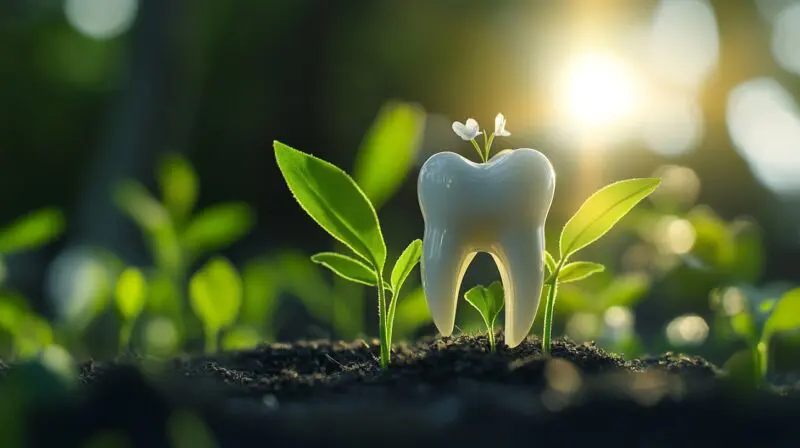
6. Educate Staff and Patients
The more people know, the more they can help. Make sustainability part of your office culture by educating both your team and the people you treat.
- Hold staff workshops on green practices.
- Share water conservation tips with patients through leaflets or waiting room posters.
- Post reminders in key areas—like “Turn off the lights” near switches and “Save water” in restrooms.
Empowered people are more likely to adopt sustainable habits at home, multiplying your efforts.
Also Read: Let’s take a moment to talk about more seroius health topic, how is air pollution affecting human health through gas appliances.
In Summary
Each small change you make adds up to a significant impact over time. By prioritizing eco-friendly practices, dental offices can protect the planet, support community health, and even enjoy cost savings along the way.
So why not start today?
Sources
- ADA – 80 ways to make your dental practice green
- Dental Products Report – How to assess a dental practice’s environmental impact and how to lessen it
- Nature – What is the environmental footprint of a dental practice? A life cycle analysis (Part 1)
- Research Gate – Dental Waste – Management and Statistics
Related Posts:
- Top 8 Research Tools Every Climate Scientist Should…
- Top 10 Hotels in Bloomington in 2025 for Every Budget
- Why More Hoosiers Should Take Advantage of Free…
- Evansville Population in 2025 - 10 Things You Should Know
- Indiana's Booming Job Market - Top Careers You…
- Why Indiana’s Clean Community Program Matters for…



